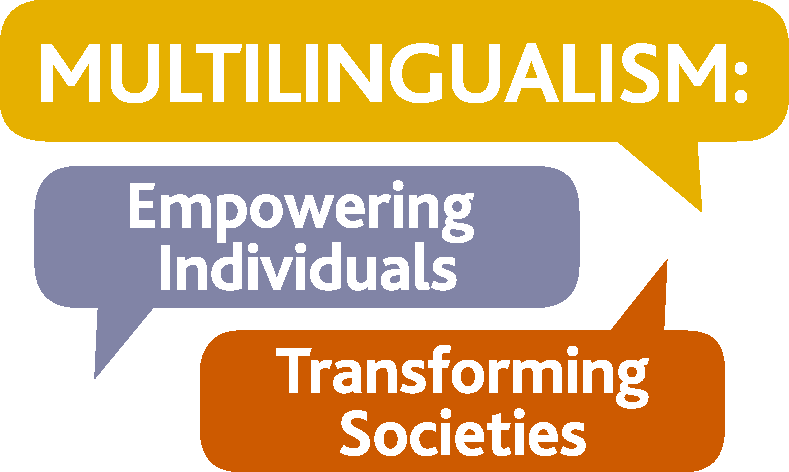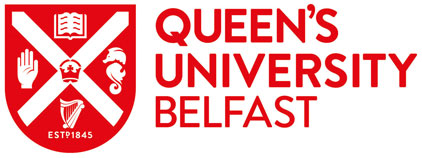Language inequality in education, law and citizenship
In April 2019, the University of Nottingham brought together academics with practitioners – teachers, examiners, dictionary-makers, speech therapists, legislators, translators, lobbyists, policy-makers, and others – to examine how assumptions and beliefs about correct, acceptable or standard languages impact on everyday life in a multilingual world. The papers in this Languages, Society and Policy special collection, all by participants in that “Language Rules?” workshop, offer perspectives on language inequality in education, law and citizenship, from the USA, Ireland, France, Germany, and the Netherlands as well as from within the UK. Five policy papers by Adler, Kibbee, Migge, Moreno-Rivero and Stollhans reflect on the implications of research on multilingualism for decision-making in aspects of law, citizenship, and education, while Debono’s opinion piece challenges us to consider the role of academic linguistic experts in court. Krogull and Darquennes, meanwhile, issue a challenge to researchers of historical sociolinguistics to tackle research questions in ways that yield insights to inform contemporary real-world decision-making.






